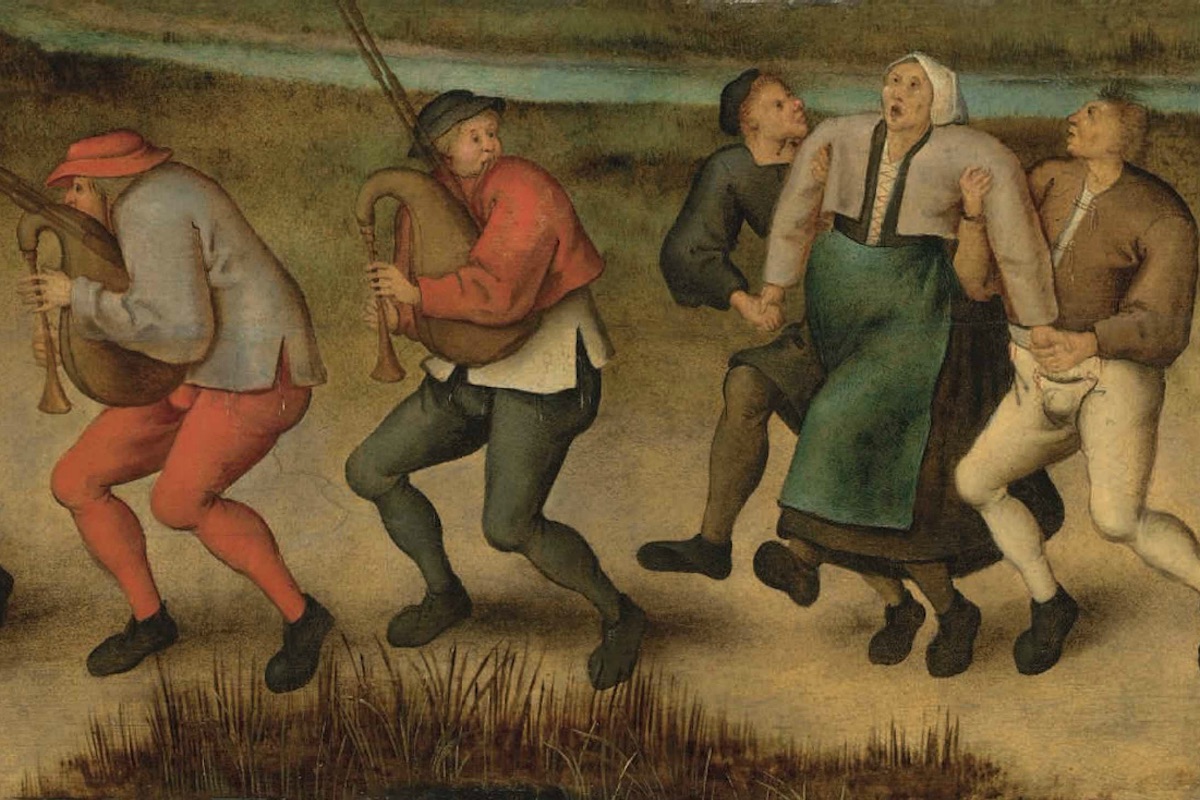History is peppered with peculiar events, but perhaps one of the most bizarre and enigmatic is the Dancing Plague that swept through medieval Europe. An inexplicable phenomenon that saw hundreds caught in a frenzied and uncontrollable dance, this strange episode remains a perplexing mystery in the annals of human history.
The Outbreak: A Dance of Hysteria
During the summer of 1518 in Strasbourg, Alsace (now part of modern-day France), a woman named Frau Troffea stepped into the streets and began to dance. What started as an isolated incident soon escalated into a bizarre and mass hysteria-inducing event. More and more individuals joined the dance, unable to stop, even as exhaustion, injuries, and, in some cases, death took their toll.
The Dance Epidemic Spreads: A Contagious Phenomenon
The Dancing Plague quickly spread through the region, affecting hundreds of people. Those afflicted were compelled to dance for days, and in some cases, weeks, until they collapsed from exhaustion or succumbed to the physical toll on their bodies. Authorities, perplexed and alarmed, struggled to comprehend the cause of this strange epidemic.
Possible Explanations: From Religious Fervor to Mass Psychogenic Illness
Historians and scientists have proposed various theories to explain the Dancing Plague. Some suggest that it could have been a form of religious ecstasy or a manifestation of stress-induced hysteria. Others speculate that it might have been caused by ergot poisoning, a fungus found in contaminated grain that can induce hallucinations and convulsions.
The Role of Music: Pied Piper or Psychological Trigger?
Music played a significant role in the Dancing Plague, with musicians hired to accompany the afflicted dancers in the hopes of dancing out the “spirits” causing their distress. The question of whether music acted as a catalyst or a coping mechanism remains an intriguing aspect of this historical anomaly.
Fading into History: The Lasting Mystique
As mysteriously as it began, the Dancing Plague eventually subsided. Its legacy endures in historical records and the collective memory of a perplexing event that defies easy explanation. The Dancing Plague serves as a reminder of the complexities of the human mind and the potential for mass psychological phenomena to captivate and confound.
Conclusion: A Dance with the Unexplained
The Dancing Plague remains a strange and fascinating episode that challenges our understanding of the limits of human behavior. Whether it was a result of religious fervor, mass hysteria, or some other unknown factor, this historical enigma invites us to ponder the mysteries of the mind and the curious dance between psychological and societal influences.

